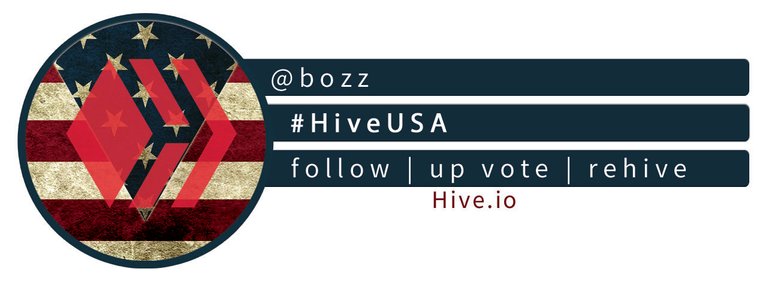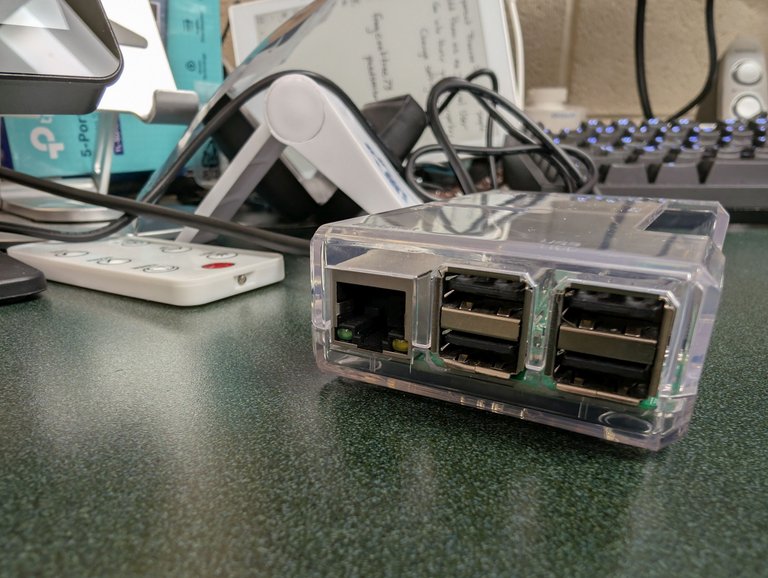
Have you ever seen one of those interactions on social media where someone posts something like a rant thinking everyone will rally behind them and validate their outrage only to have the exact opposite happen? Instead of people agreeing with the grievance, they end up (usually justly) laying the blame at the original posters feet and basically calling them an effing moron.
Well, I am a bit ashamed to admit, that effing moron was me a short time ago. No, I didn't jump on social media and air my (or anyone else's) dirty laundry, but I did post something in a listserv (I know, I'm old) that I am on, and the response I got was not what I expected.
You see, about a month ago, I had an incident at work where one of my fiber connections went down. It stopped working around 1:30 in the afternoon, but the principal at the remote building didn't bother telling me about it until 5:00 PM that night.
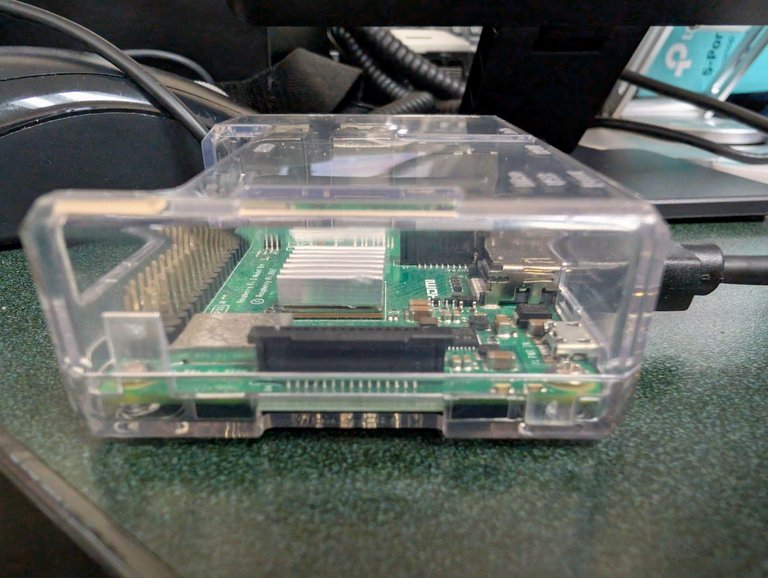
The fiber outage led to another issue that I hadn't considered and when I reached out to some colleagues to get some help, that's when things turned on me. In my email I had expressed my outrage that the principal had waited close to four hours to let me know about the outage. Like I said, I expected mutual outrage at the principal, but what I got instead was shock that I didn't have something in place to alert me immediately when outages like that happen.
Rather than doubling down on my outrage like many people to, I listened and took the criticism to heart, and that's what leads to my post today.
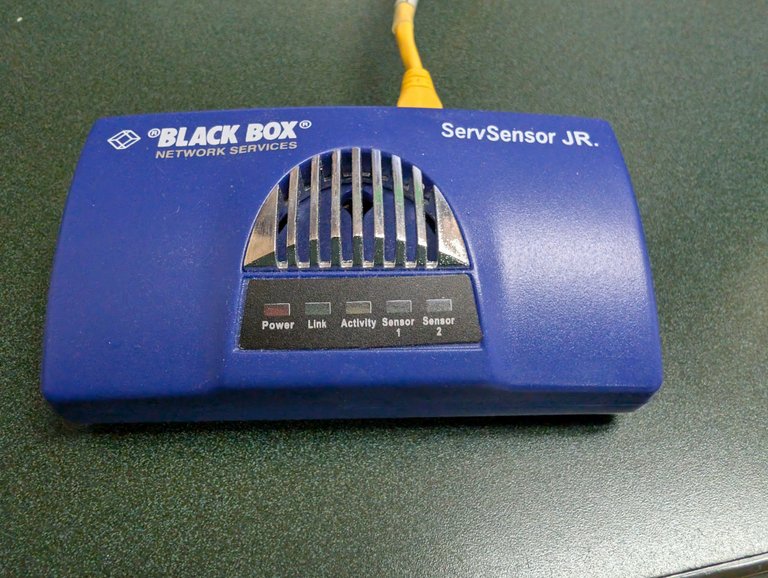
Actually, that wasn't the only thing. Also about a month ago we had an A/C unit stop working in my server room due to a power surge frying the unit. It got to be quite hot in the server room and it was only because @iikrypticsii needed to go in there for something that we realized just how bad it was.
I used to have a device like you see above in the server room to monitor the temperature, but it never really worked the way I wanted it to.
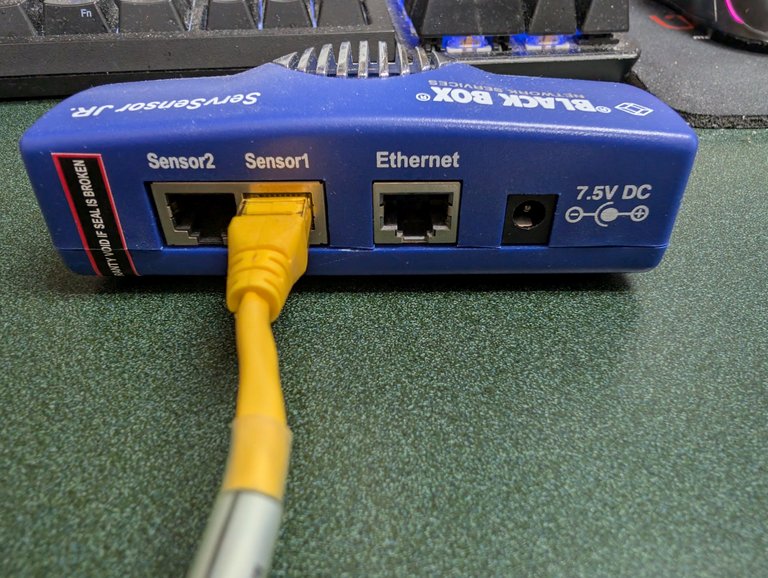
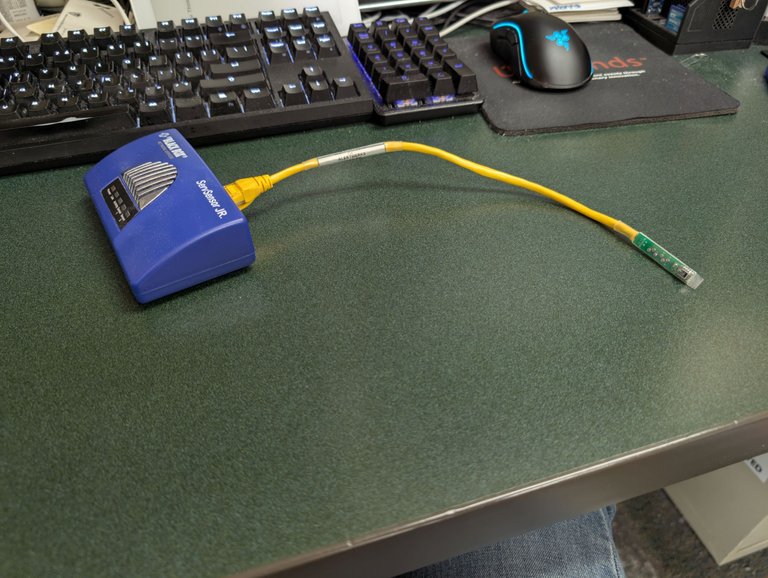
This device got me thinking about the handful of Raspberry Pi 3B+'s I have laying around my office and I decided to convert one of them into a network/environment monitoring device to keep in my server room. I was thinking it would be cool to do a lot of the coding and stuff on my own for the project, then I realized there are already tools out there that do the same thing, so why reinvent the wheel.
Due to my ADHD, I tend to give up on stuff quite easily when it gets hard, so I figured why put myself in that position. I found a piece of software called NEMS Linux that is built on the NAGIOS core and there is a distribution made specifically for Raspberry Pi devices.
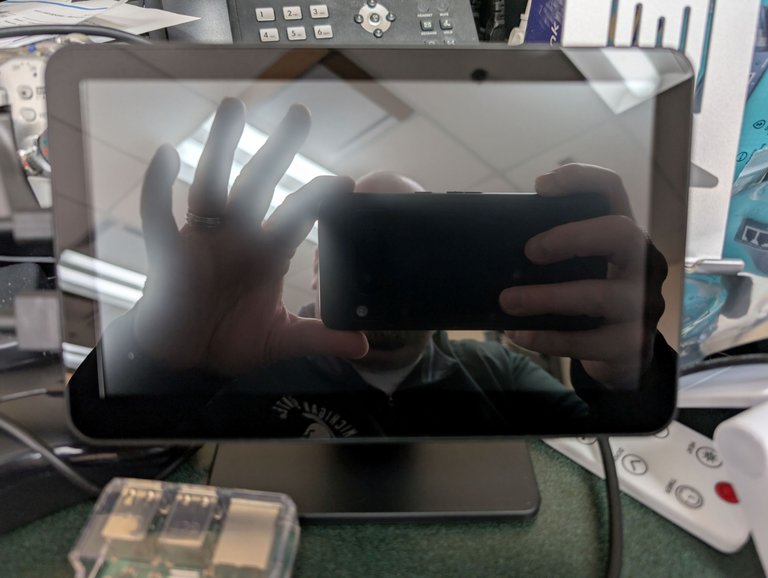
I picked up one of the fancy clear cases that you see in the opening photos for this post and I also picked up one of these 7" touch screen displays that I had seen @themarkymark post about in the past. Really you don't need the monitor because everything is done via SSH or web interface once the initial install is done, but for less than $80 I really couldn't pass up the opportunity to have one.
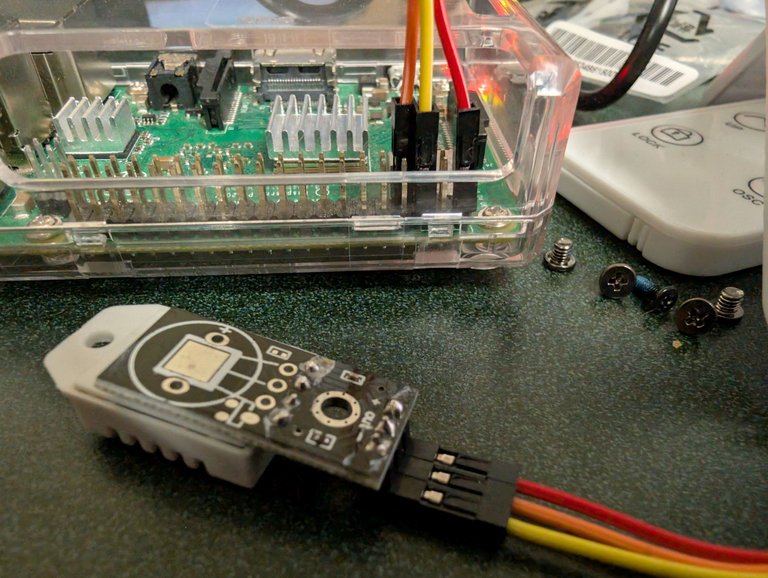
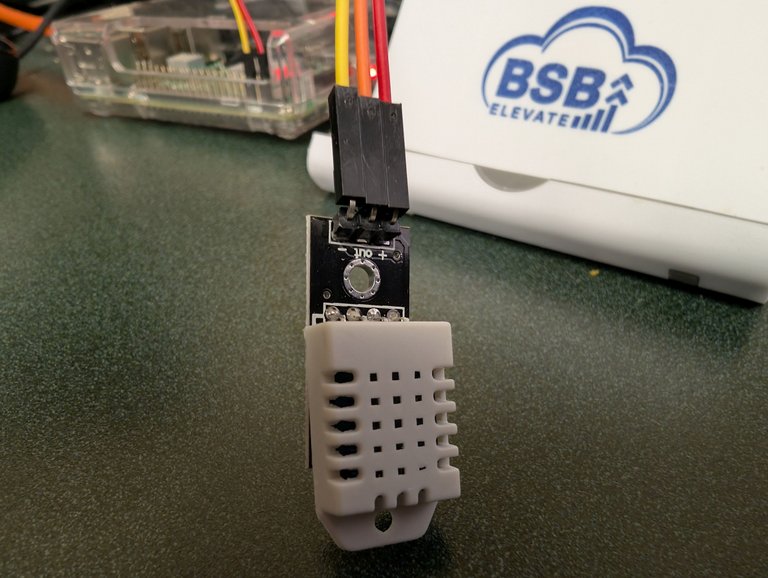
I also ordered one of these temperature sensors to connect to the pins on the Raspberry Pi to hopefully give me some readings from the server room and then alert me if it gets too hot. Unfortunately, even though the description and write up on the web I read says you don't need a resistor for this temperature sensor, it turns out you probably do.
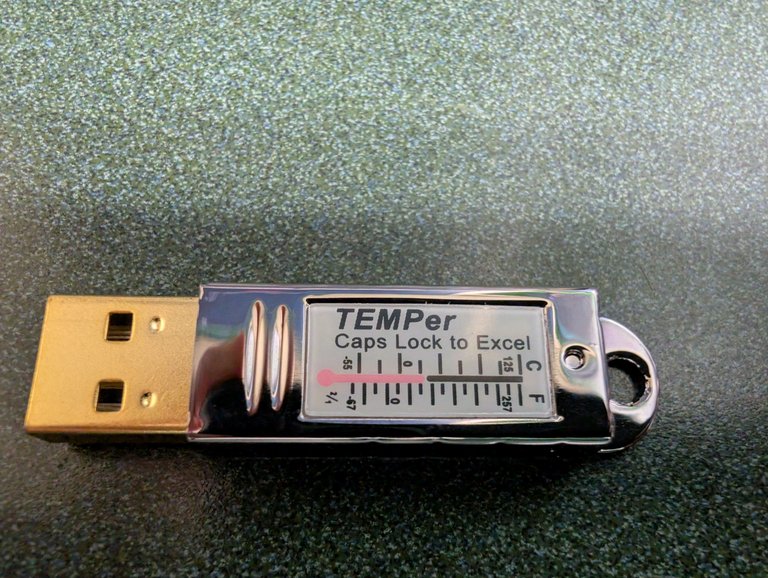
So I ended up buying one of these USB TEMPer sensors to try and see if I can get that to work instead of the hard wired sensor. It appears the device is seeing it, but I am getting some really weird readings right now, so I need to dig into that. I am also having an issue where web interface for the NEMS install is not showing up correctly. I'm basically at a point where I can no longer use the configurator tool to make changes to the software.
I have been wondering if it is a limitation of the hardware, so I thought about converting one of my i3 NUC devices to a monitoring unit, but I can't find a NEMS image to put on it. It seems all of the NEMS Linux installs are for single board computers. That means I would have to do a full NAGIOS install on the NUC.
Which I am not sure I feel like tackling right now.
I was able to set the software up to do a short ping to my remote site every five minutes or so. If that ping fails, I get an email alert letting me know that either my fiber or the switch at the other end of the fiber is down.
Although the project hasn't exactly been going the way I planned, I have been learning a lot and I am looking forward to get something fully functional that I can put in my server room to give me the important information and alerts I need to keep things running.
Sports Talk Social - @bozz.sports
